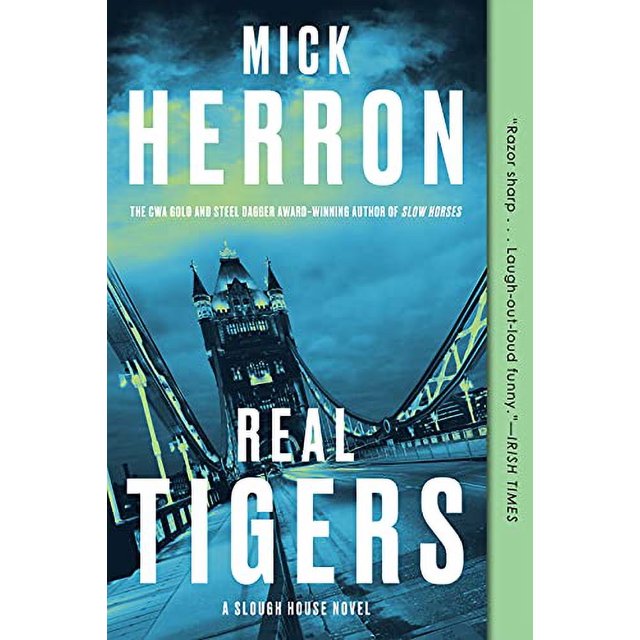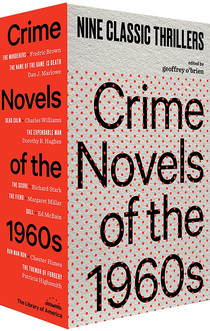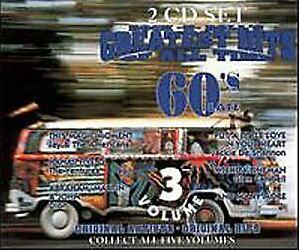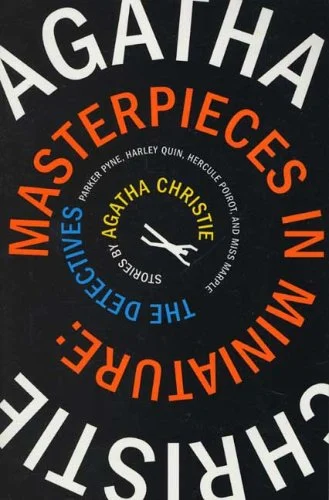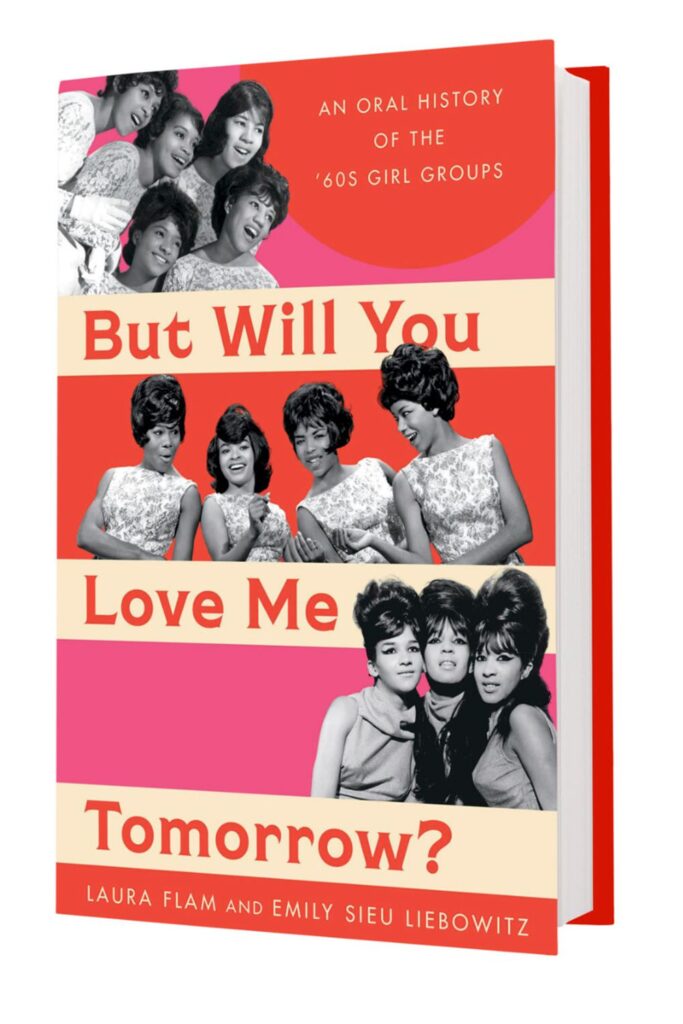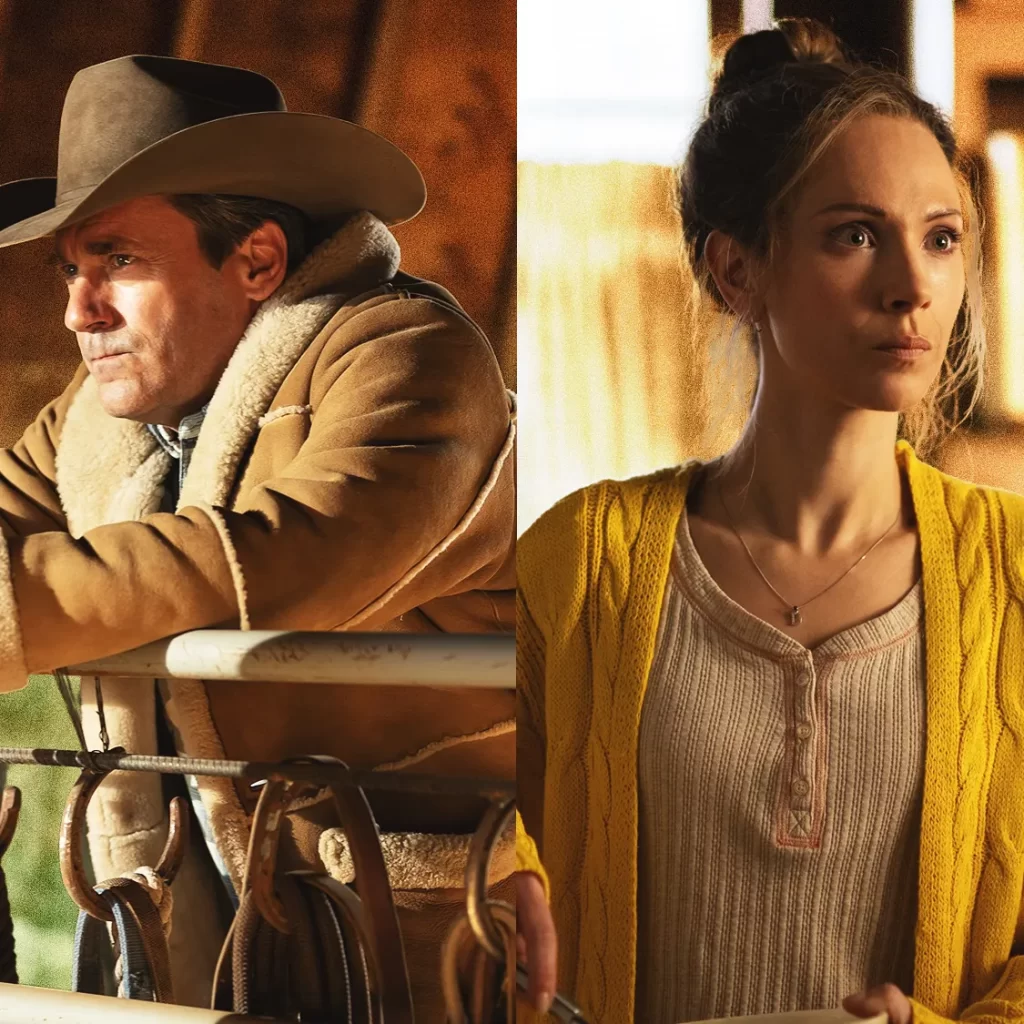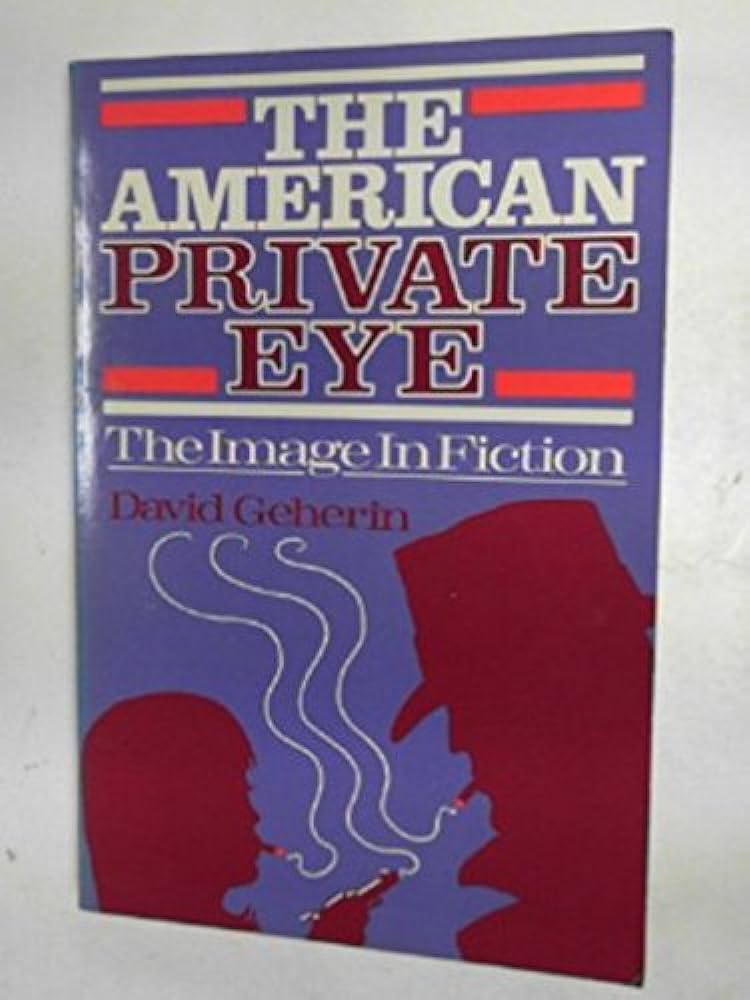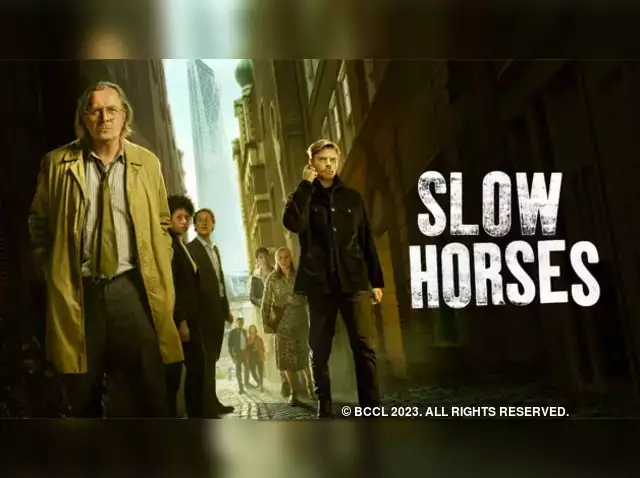
Slow Horses, Season 3 is based on Mick Herron’s Real Tigers from 2016. The series is based on a fictional group of disgraced spies–labeled “Slow Horses–exiled to Slough House. Jackson Lamb (Gary Oldman), once a legendary British spy during the Cold War, runs the asylum while the demoted spies are given paperwork to shuffle (but they all miss the action of MI5).
After an Alcoholics Anonymous meeting, one of Slow Horses, Catherine Standish (Saskia Reeves) is kidnapped. That triggers a series of events that threatens Slough House’s existence and sends MI5 into chaos and propels the Slow Horses into the fray.
I love the political machinations of Kristin Scott Thomas as Diana Taverner, the deputy director-general of MI5 and head of operations and designated “Second Desk”. Travener lusts for the top position at MI5 currently held by Sophie Okonedo as Ingrid Tearney, the Director-General of MI5, often referred to as “First Desk”. Travener’s conniving shows how twisted the spy world can be.
Jack Lowden as River Cartwright, an up-and-coming MI5 agent shunted aside to Slough House after a very public training-exercise mistake, is back to keep the action at critical levels. One of my favorite Slow Horses is Christopher Chung as Roddy Ho, an obnoxious computer expert and former hacktivist. In this Third Season, Ho tries to make a romantic move on his colleague, Louisa Guy (Rosalind Eleazar) which creates some comic relief from the relentless action of the main plot.
If you’re a fan of spy fiction, you’ll enjoy Mick Herron’s series. I like the way Apple TV+adapted the novels in the Slow Horses series. Recommended. GRADE: A
